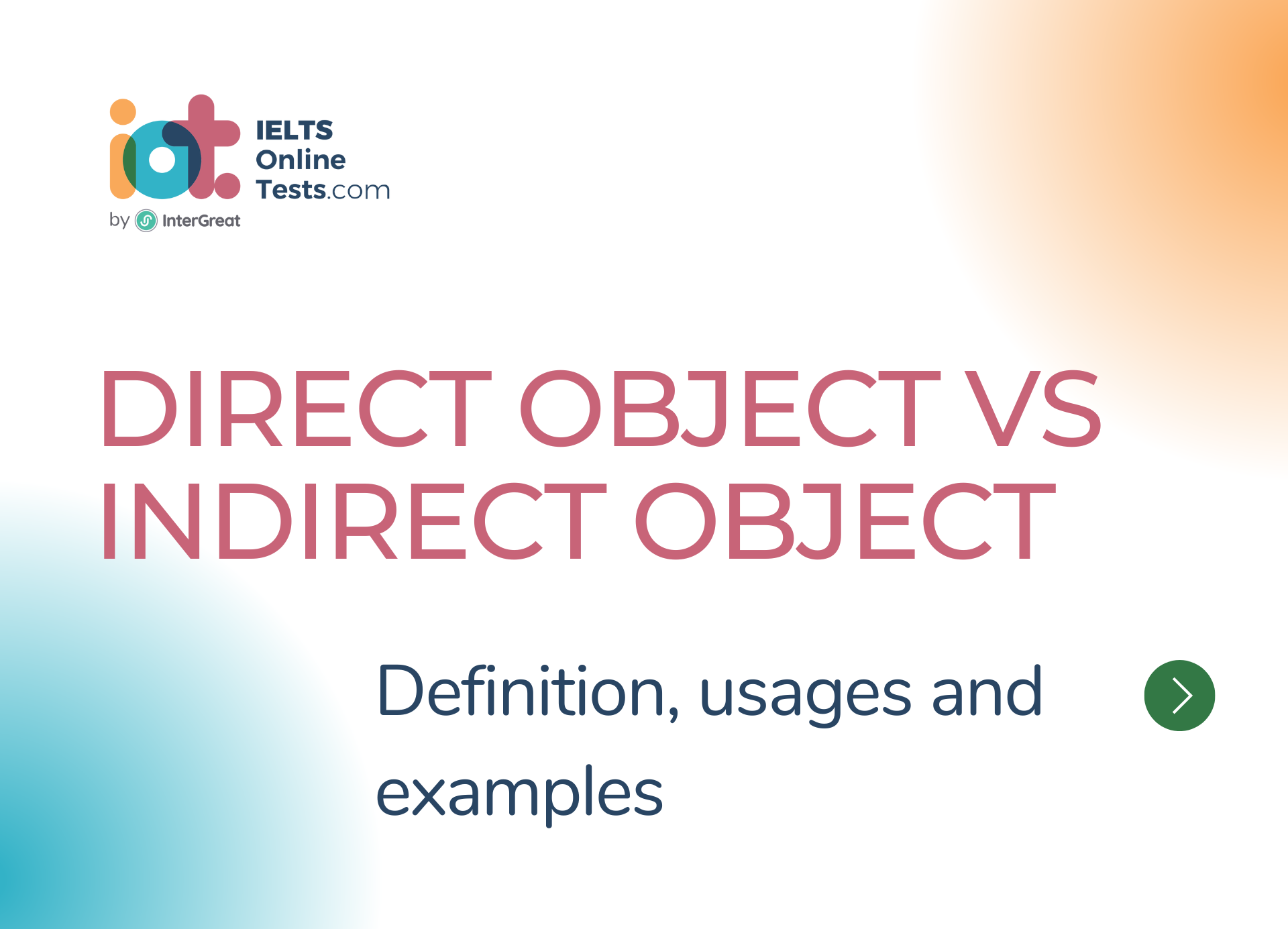
Direct Object vs Indirect Object
Here's a side-by-side comparison of direct objects and indirect objects:
Direct Object:
- Receives the action directly.
- Answers the question "Whom?" or "What?" after the verb.
- Typically follows the verb.
- Associated with transitive verbs.
- Examples:
- "She ate an apple." (The direct object is "apple.")
- "He kicked the ball." (The direct object is "ball.")
Indirect Object:
- Indicates the person or thing to whom or for whom the action is done.
- Answers the question "To whom?" or "For whom?" after the verb.
- Usually precedes the direct object (if present).
- Often associated with verbs of giving, showing, sending, or telling.
- Examples:
- "He gave me a gift." (The indirect object is "me," and the direct object is "gift.")
- "She bought John a book." (The indirect object is "John," and the direct object is "book.")
Note that not all sentences contain both direct and indirect objects. Some sentences may have only a direct object or only an indirect object, depending on the verb and the structure of the sentence. Additionally, it's important to remember that the presence of an indirect object is dependent on the verb and its meaning.
Understanding the distinction between direct objects and indirect objects helps in accurately identifying the recipients of actions in sentences. It allows for clearer communication and proper sentence structure when expressing relationships and actions involving multiple entities.




